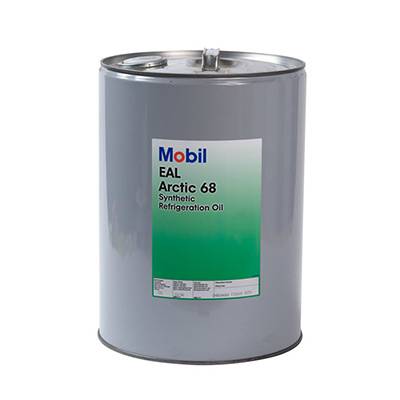Okt . 02, 2024 15:24 Back to list
Exploring Various Control Valve Types and Their Specific Applications in Industry
Different Types of Control Valves and Their Applications
Control valves are essential components in various industrial processes, serving the primary purpose of regulating fluid flow, pressure, temperature, and level in a system. These valves adjust the flow based on signals from controllers, ensuring that operations remain efficient and safe. There are several types of control valves, each designed for specific applications, materials, and operational conditions. In this article, we will explore the most common types of control valves, their mechanisms, and their applications.
1. Globe Valves
Globe valves are among the most widely used control valves. They feature a spherical body shape with an internal baffle that creates a flow path. This design allows for precise flow regulation, making globe valves suitable for applications that require fine control. They are typically used in services where throttling is necessary, including steam, water, and oil transport systems. However, globe valves have a higher pressure drop compared to other types, which may limit their use in certain applications.
2. Ball Valves
Ball valves utilize a spherical disc to control flow. When the ball is rotated to a parallel position with the pipeline, flow is allowed; when perpendicular, the flow is blocked. They are renowned for their durability and provide a tight seal, making them ideal for on/off applications. While they are less effective for throttling, their quick-acting operation and low flow resistance make them popular in gas and liquid services, such as in chemical plants and HVAC systems.
Butterfly valves consist of a rotating disc that pivots on a central shaft to control flow. They are lightweight, compact, and offer a rapid response, making them suitable for large-volume applications where space is a constraint. Butterfly valves are commonly used in water distribution systems, waste water treatment, and in the food and beverage industries due to their ability to handle a wide range of flow conditions and media.
different types of control valves and their applications

4. Gate Valves
Gate valves are designed to start or stop the flow of fluid. They feature a wedge-shaped gate that moves up and down to open or close the valve. While they do not provide throttling capabilities, they are excellent for applications where the flow must either be fully on or fully off. They are commonly used in oil and gas pipelines, water supply systems, and various industrial processes due to their low-pressure drop when fully open.
5. Check Valves
Check valves are a type of valve that allows fluid to flow in one direction only, preventing backflow. They are commonly used in applications where it is essential to maintain the direction of flow, such as in pump systems, to protect the equipment from damage caused by reverse flow. Common applications include sewage systems, water treatment plants, and various industrial applications requiring one-way flow.
6. Pressure Relief Valves
Pressure relief valves are crucial for protecting systems from overpressure conditions. They automatically open at specified pressure levels to release excess pressure and can close once the pressure normalizes. These valves are vital in applications such as boiler systems, compressors, and process manufacturing, where pressurized systems are common.
Conclusion
Control valves are invaluable in managing fluid systems across diverse industries, including wastewater treatment, oil and gas, pharmaceutical, and chemicals. Understanding the different types of control valves and their specific applications enables engineers and operators to select the most appropriate valve for their requirements, ensuring optimal system performance and safety. As technology evolves, the design and functionality of control valves continue to advance, offering even more efficient and reliable solutions for modern industrial challenges. Through careful selection and application, control valves can significantly enhance the efficiency of fluid control processes in various settings.
-
Why Metric Trapezoidal Thread is Ideal for Precision Motion ControlNewsAug.05,2025
-
The Unique Properties of a Block of Granite for Industrial UseNewsAug.05,2025
-
The Role of Flanged Y Strainers in Preventing Pipeline ClogsNewsAug.05,2025
-
The Importance of Regular Calibration for Master Ring GagesNewsAug.05,2025
-
How a Cast Iron Surface Table Enhances Accuracy in ManufacturingNewsAug.05,2025
-
Comparing Different Check Valve Types for Optimal Flow ControlNewsAug.05,2025
Related PRODUCTS









